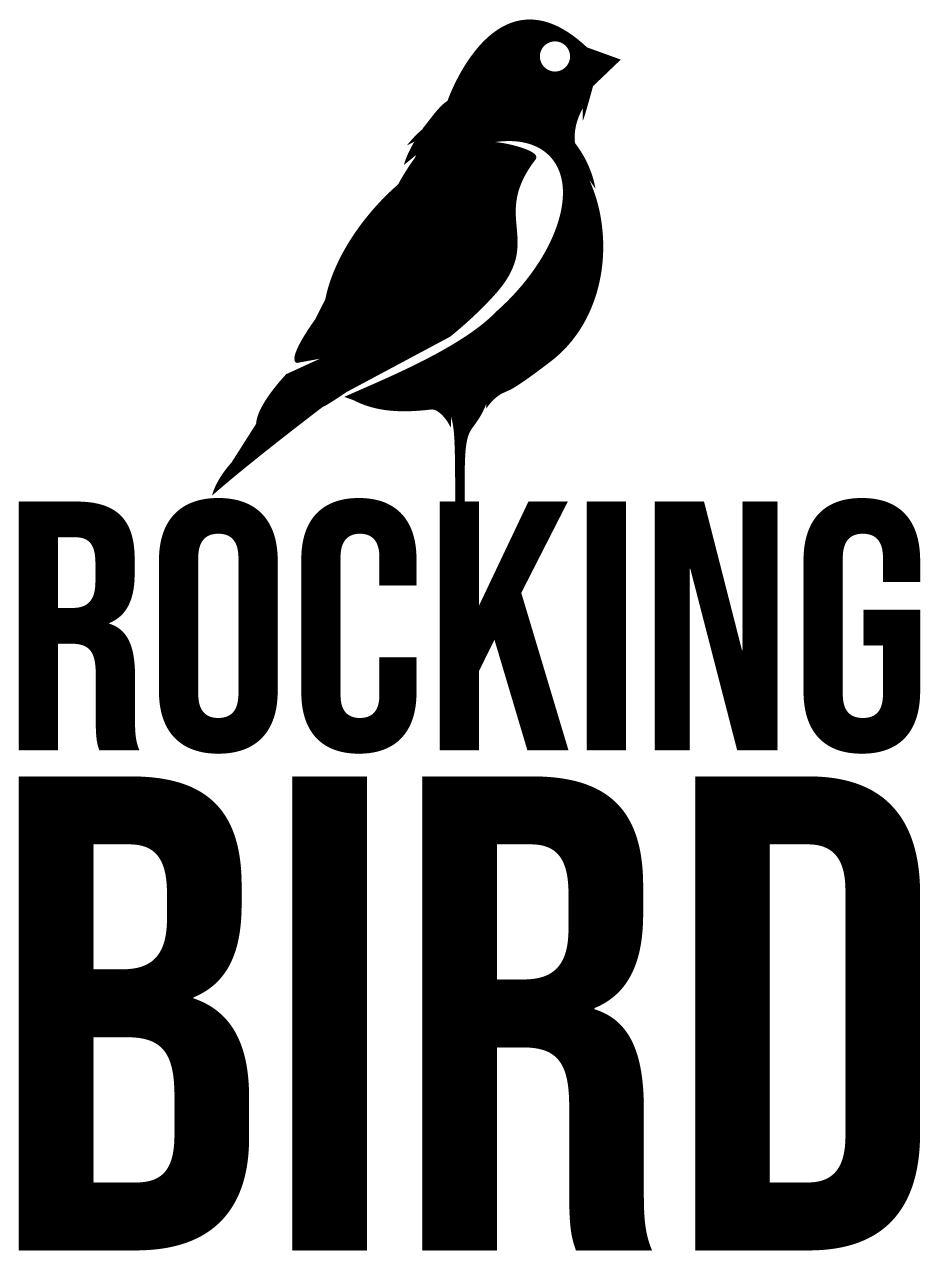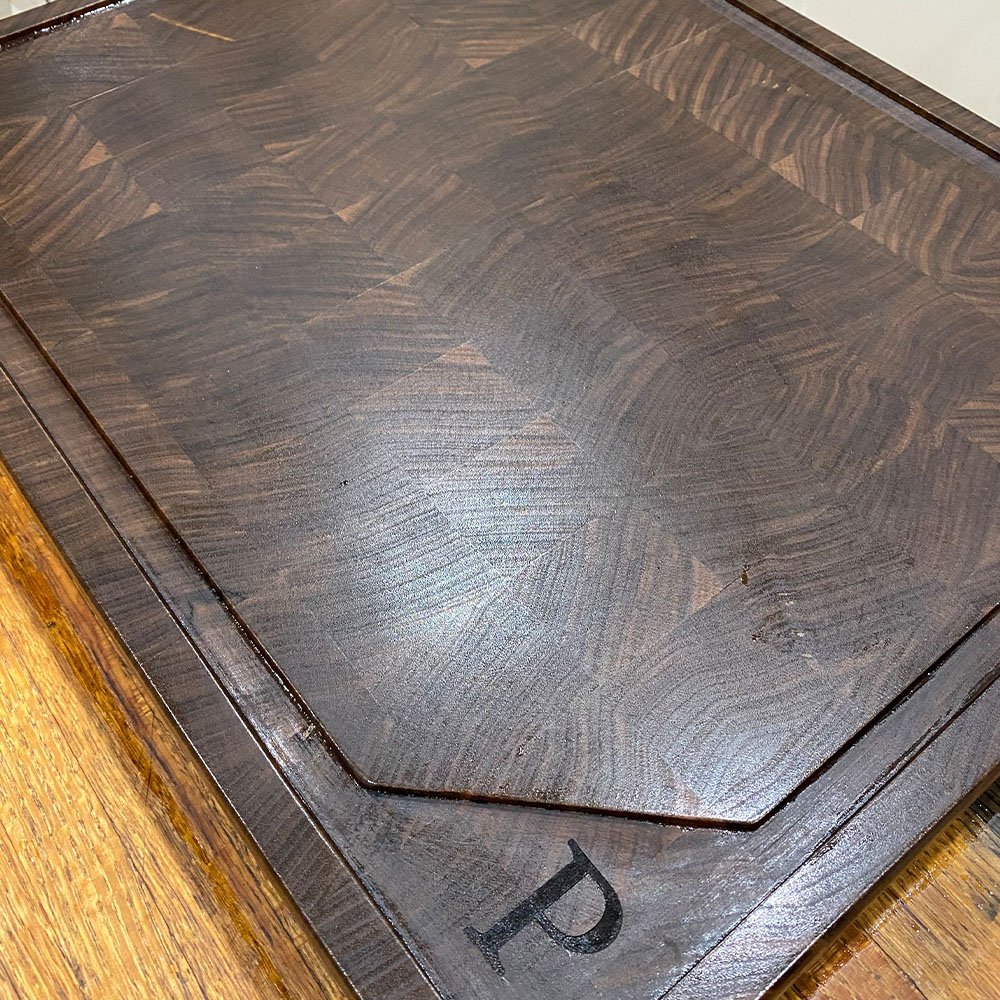End Grain vs Edge Grain Cutting Boards...What’s the difference?
When choosing a high-quality wooden cutting board, you’ll often come across two main types: End Grain and Edge Grain. Each has unique characteristics that impact durability, knife-friendliness, maintenance, and aesthetics. Below, we break down the key differences, along with the pros and cons of each, so you can make an informed decision.
What is an End Grain Cutting Board?
End grain cutting boards are made by arranging small wood blocks with the grain facing upwards. This creates a surface where the wood fibers act like a self-healing "cushion" for your knife. When you cut on an end grain board, the knife sinks into the fibers slightly and then returns to its original position, reducing wear on your blade.
Pros of End Grain Cutting Boards:
✔ Gentle on Knives – The natural wood fibers absorb cuts, keeping your knives sharper for longer.
✔ Self-Healing Surface – Knife marks close up over time, making the board last longer.
✔ Premium Aesthetic – End grain boards have a distinctive checkerboard pattern, adding a high-end look to your kitchen.
✔ Durability – With proper care, end grain boards can last decades.
Cons of End Grain Cutting Boards:
✖ Higher Maintenance – Requires regular oiling to prevent drying and cracking.
✖ More Expensive – Typically costs more due to complex craftsmanship.
✖ Heavier & Bulkier – Can be harder to move around and store.
✖ Absorbs More Moisture – More prone to absorbing water, which can lead to warping if not properly dried.
What is an Edge Grain Cutting Board?
Edge grain boards are made by arranging long strips of wood side by side, with the grain running along the length of the board. This results in a smooth, sturdy surface that is more affordable and easier to maintain compared to end grain boards.
Pros of Edge Grain Cutting Boards:
✔ More Affordable – Generally less expensive than end grain due to simpler construction.
✔ Lighter & Easier to Handle – Less bulky, making it easier to move and store.
✔ Durable – Can withstand heavy use without warping when properly maintained.
✔ Less Absorbent – Doesn’t soak up as much moisture as end grain, reducing the risk of warping.
Cons of Edge Grain Cutting Boards:
✖ Harsher on Knives – The hard surface can dull knives faster than end grain boards.
✖ Shows Knife Marks Over Time – Cuts don’t heal as easily, making scratches and grooves more visible.
✖ Less Unique Appearance – Lacks the intricate checkerboard look of end grain boards.
Which One is Right for You?
The choice between an end grain and edge grain cutting board depends on your needs and preferences:
If you prioritize durability, knife-friendliness, and aesthetics, an end grain board is your best bet.
If you want an affordable, durable board with easy maintenance, an edge grain board is the way to go.
No matter which type you choose, proper care—like regular oiling, handwashing, and thorough drying—will extend the life of your board and keep it looking great.
Explore our collection of premium cutting boards at Rocking Bird Chicago and find the perfect fit for your kitchen!



